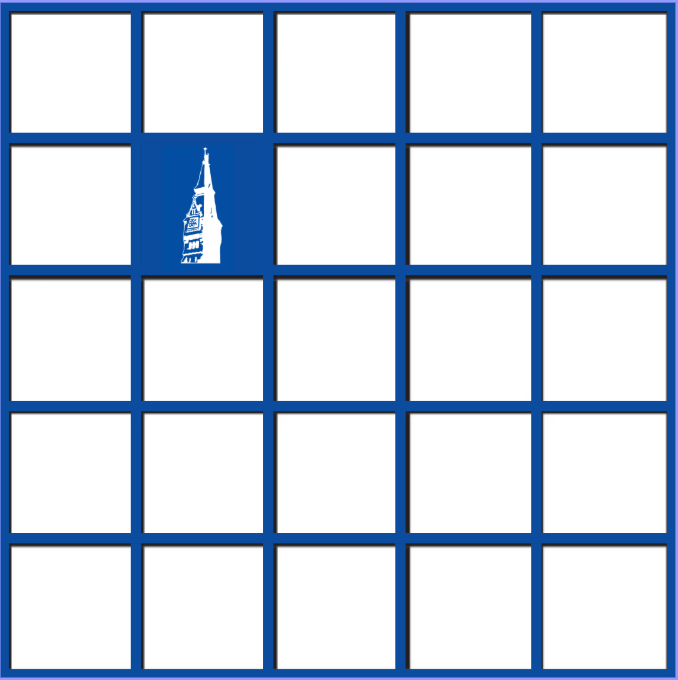Though the construction of the new science center has been delayed due to the economic crisis, the plan to enrich and improve Georgetown’s science program is still underway. According to Heidi Elmendorf, director of science planning for Georgetown College and associate professor of biology, the university has begun implementing the other two parts of the Science Facilities Master Plan – expanding the science curricular options and hiring new faculty in the math and science departments.
“The postponement [of the science building] will not affect the larger plan for the growth of the sciences at Georgetown. The university remains committed to this growth and at all levels is actively moving in this direction even as the most visible physical feature of the growth – the construction of the new science center – is delayed,” Elmendorf said in an e-mail.
The College has already expanded many aspects of the science curriculum, and additional development is planned. New math and science courses have been added and those departments will continue to add courses in the future. The biology department has added three new majors – biology of global health, neurobiology and environmental biology – the first two are already available and the third will be available next fall. In addition to undergraduate majors, new graduate programs have also been added, including a masters program in mathematics and statistics, one in computer science, as well as a global infectious disease program. The psychology department is also in the beginning stages of creating a bachelor of science degree.
The university is also looking to add more faculty members to the math, science and computer science departments. According to Associate Provost Marjory Blumenthal, the administration created a faculty hiring plan in 2004 and has hired new teaching staff. However, the expansion of the faculty has been limited due to lack of space. Once the science center is completed with new research facilities, the university will continue to hire additional faculty.
“So what you can see is a lot of determination to move forward. Yes, there are constraints – and there are efforts to overcome these constraints,” Blumenthal said in an e-mail. “But in the meantime, there is a lot of activity aimed at growing where that is physically possible and also at refreshing and innovating in our programmatic offerings.”
In the face of funding challenges, Ali Whitmer, associate dean of sciences, said that the university is looking into sources of funding in recently passed economic stimulus package. However, she added, the university must wait until details of the types of funding offered are released to determine whether or not the building project will be eligible.
While construction of the science building has been delayed, preparations have already begun. Whitmer stated that a new chiller was installed in the university central utility plant, which will be able to support the utility needs of the science center. Additionally, Tondorf Road will be closed in March in order to install underground utilities for the new building, according to a university e-mail. Whitmer also said that all architectural designs are set and building permits have already been approved, though no further official timetable has been set for construction.
The new building will include additional teaching and research labs for biology, chemistry and physics. The extra space will allow for more modern technology that is not currently housed at the university, including new chemistry instrumentation. The center will also include space for students to collaborate and study. There will also be a native plant garden that will be used for teaching.
“The [new science center] – while of course it is a really important and big project for us – is part of this overall facilities improvement and growth that we have already started on,” Whitmer said.
In addition to preparing for the new building, math and computer science classes have been moved to St. Mary’s Hall to allow for more space for the other sciences in Reiss, according to Whitmer. The chemistry department also received additional space in the Basic Science Building in the Medical Center complex. These facilities for organic chemistry will be used for both research and teaching.
While there is already collaboration on research between the science departments, the new science center will allow researchers with similar interests to be located close to each other, Elmendorf stated. One collaborative research project that is already underway is research on the social groupings of bottlenose dolphins. Research groups from the biology, psychology and computer science departments have been working together on this topic.
“The new building will facilitate these collaborations by placing faculty with common research interests in proximity to one another, but it is the current presence of many, many active and federally funded collaborations that was the original impetus for this aspect of the building design,” Elmendorf said.
“






